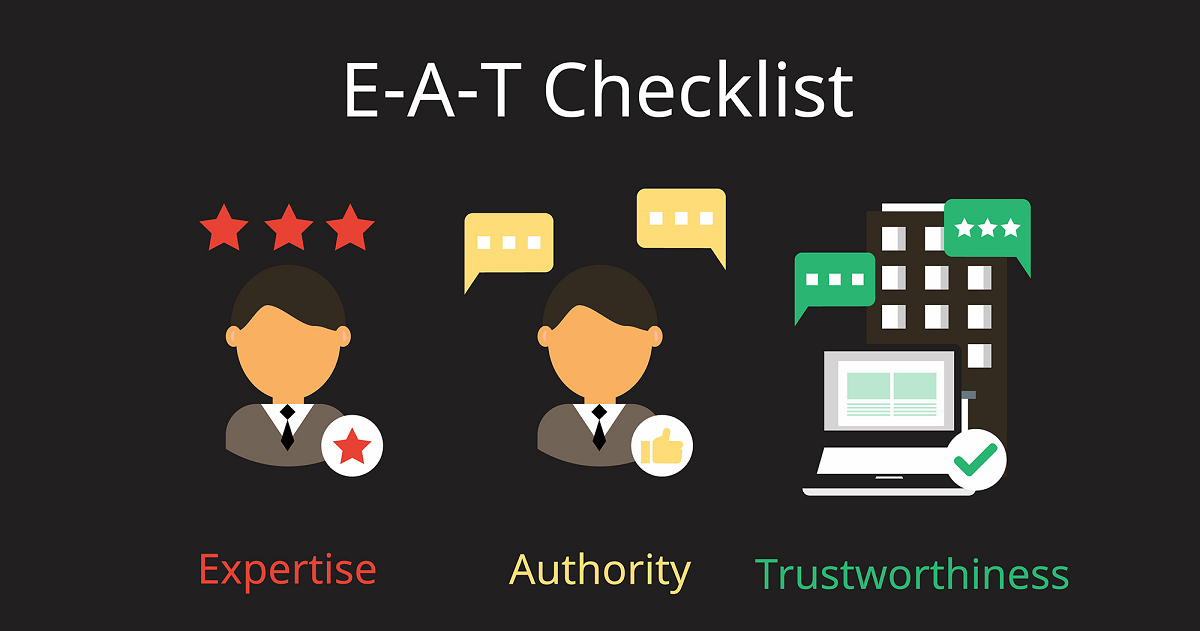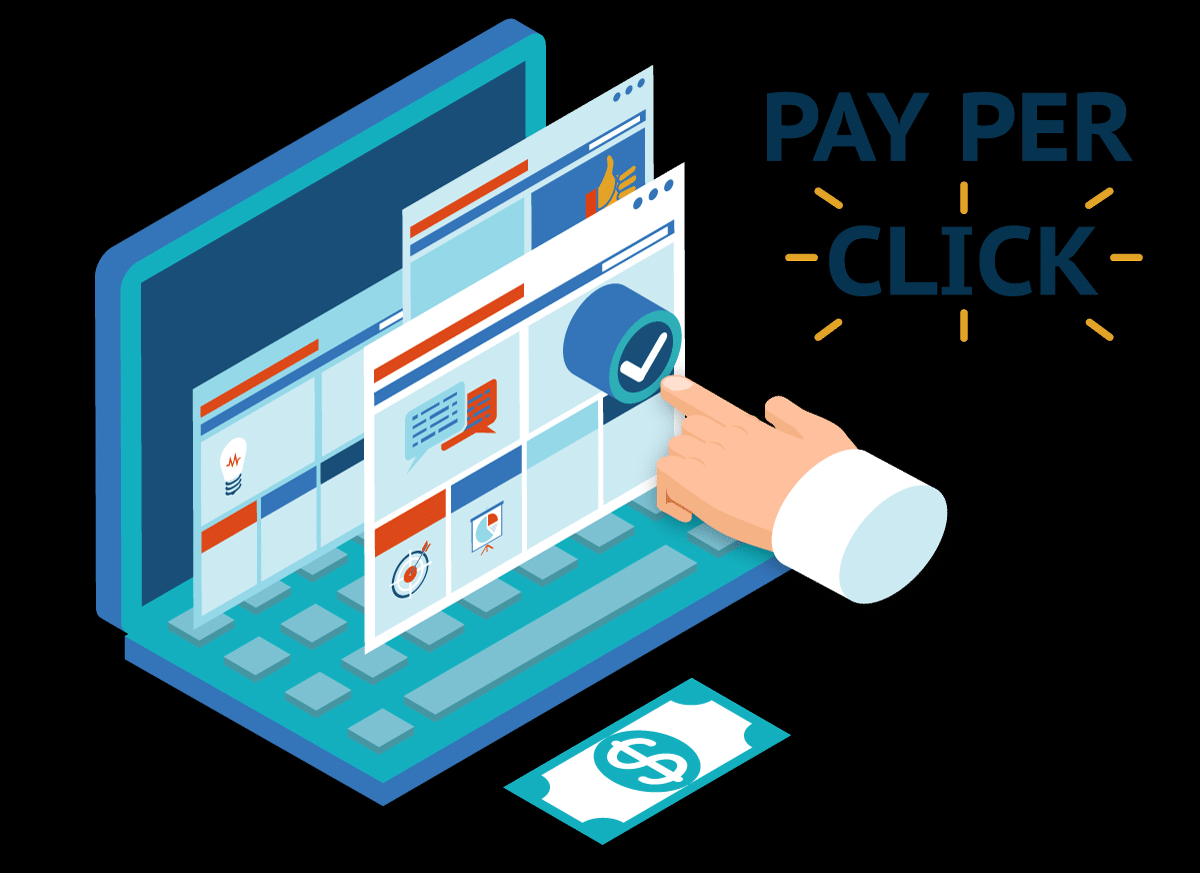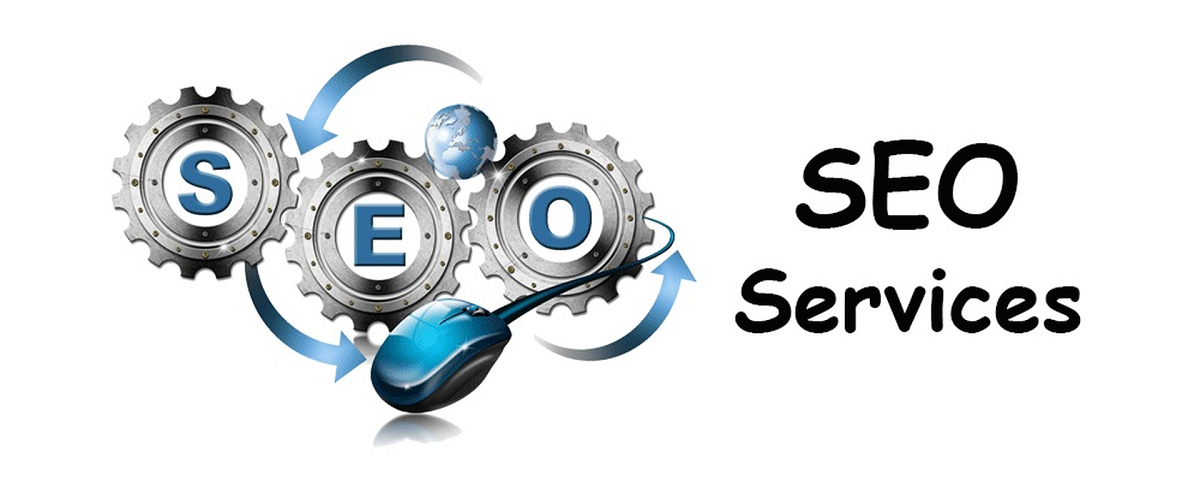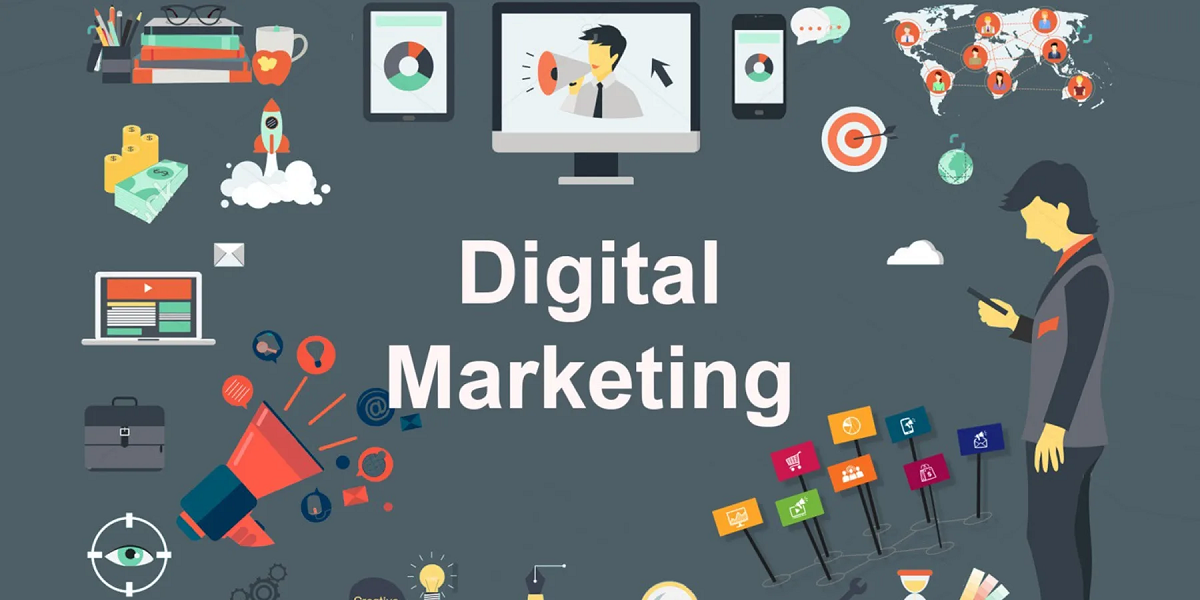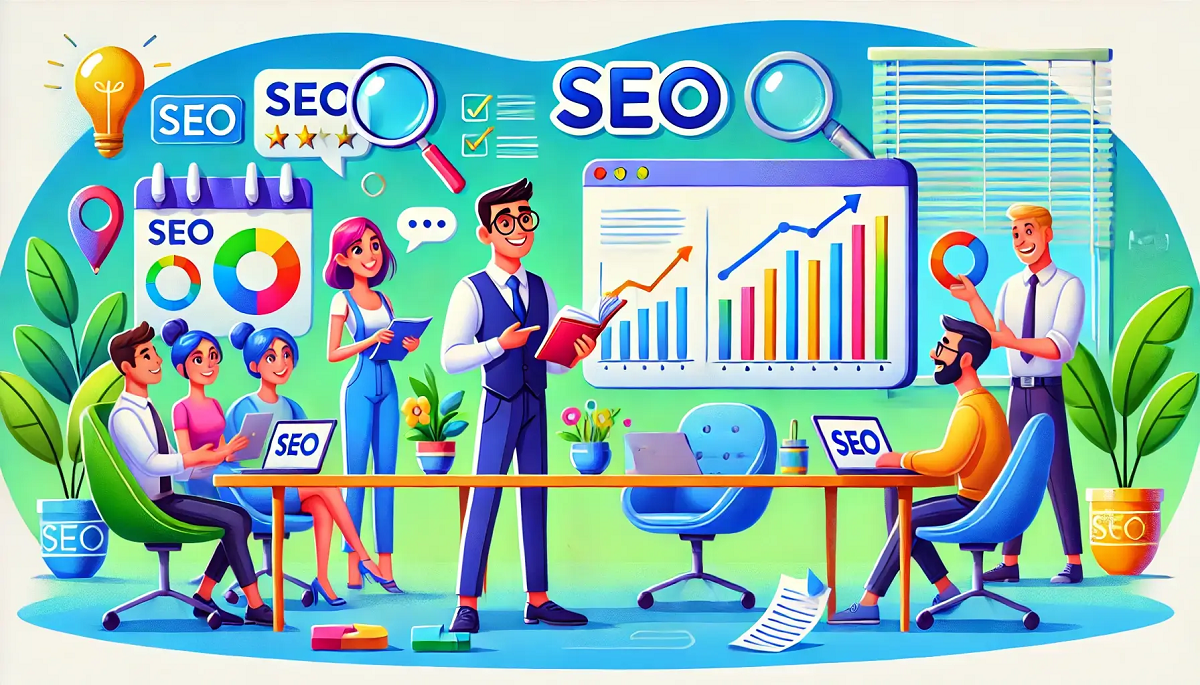BLOG
In this Guide on Setting up a Google pay per-click campaign, you will learn how to use the Ad group and Bidding strategy to make your ad appear in front of the right people. Once you have done that, you can begin the next step: setting up your Ad group and Bidding strategy. The last step is adjusting your Ad Rank. Using this information, you should be able to create a winning campaign and start seeing results almost immediately.
Keyword research
The most important aspect of a successful PPC campaign is to choose the right keywords. It's important that the keywords you choose are relevant to your business, as this will increase your click-through rate and cost-per-click (CPC) and profit ratio. When choosing keywords, try to use long-tail keywords. Long-tail keywords are less competitive than short-tail keywords, which account for the majority of search-driven traffic. These keywords are also much cheaper.
First, decide what your campaign goal is. This will dictate the type of audience that your ads will target, as well as how you'll collect bid money. You'll need to choose whether your ad is aimed at people who are already searching for your products or services. You can target your audience based on language or geography, or by using specific keywords and phrases. You can use the keyword planner to determine what keywords your business is interested in.
Bidding strategy
Before you set up a Google pay-per-click marketing campaign, you should know how much you can spend on your ads. Google's default setting is to optimize for clicks and conversions. However, you can customize your bids and choose to target CPA or conversions. To make the best use of this feature, you should collect historical conversion data and test out various strategies to see which one works best for you.
Target CPA – Setting a Target CPA (cost per acquisition) strategy is an effective way to control your bids. It focuses on conversions and leverages Google's algorithm. You should aim to increase your bids when you are sure that the click-through rate will exceed your target percentage, but reduce them as much as possible if the click-through rate is lower than the desired percentage.
Ad group
There are a few things you need to know when you're setting up a Google pay-per click campaign. Firstly, make sure to choose a location. You can target the entire world or a specific zip code, and there are options for both desktop and mobile. By default, Google shows ads to people within the United States, but you can also choose a different location.
Depending on your goals, you should create ad groups to target a limited number of keywords. One to five keywords are optimal. After selecting your ad groups, Google will show them to users who are searching for that specific keyword. Initially, you should use a broad match to generate leads, but you may want to change this later. Also, if you're just starting out, you'll want to use narrow match keywords to test what works best.
Ad Rank
To get the most conversions out of your Google PPC campaign, you must first understand how to choose the right audience. When you choose an audience, Google will only show your ads to those people who are located in your targeted location. This is an advanced option, but most people will not need to use it. In the end, the ad copy must correspond with the audience you chose. Here are the steps for selecting an audience.
The quality score is a calculation that measures the relevancy of your keywords and their past performance on the search engine. A high Quality Score increases your click-through rate and lowers your CPC. Also, you can increase your CTR by utilizing ad extensions. Extensions include location, contact number, app, and promotions. Your ad's ranking is determined by its bid, Quality Score, and conversion.
Targeting users based on data
When setting up a Google pay-per click campaign, you can use data from your website to determine what audience would be most likely to click your ad. There are different types of audience targeting available, such as age or gender. The goal of demographic targeting is to make sure your ads are delivered to the most likely buyers. The best way to find out which audience is right for your business is to test different combinations.
Affinity segments allow you to target people based on their interests, which can be extremely useful for a search, display, or video campaign. Google also provides demographic details for each of these audiences, which will help you target your users based on their interests and preferences. Using these lists will allow you to bid higher on keywords and make your ads more relevant to your audience.
Using Google's AdWords ad group
The most important part of setting up a pay-per-click campaign is selecting a keyword. Whether your product or service is new or old, it is important to make sure that your advertisements are relevant to the search term. The search engine uses the click-through rate (CTR) to determine how relevant your advertisements are. The higher your CTR, the more relevant your ads will be to your target audience.
Once you have selected keywords and ad group, you need to create a campaign. The purpose of your campaign will determine the type of audience you target and the way you collect bid money. There are three different types of campaigns, each with different requirements. The search campaign will generate leads and may appear on multiple networks, targeted languages, and targeted audiences.

